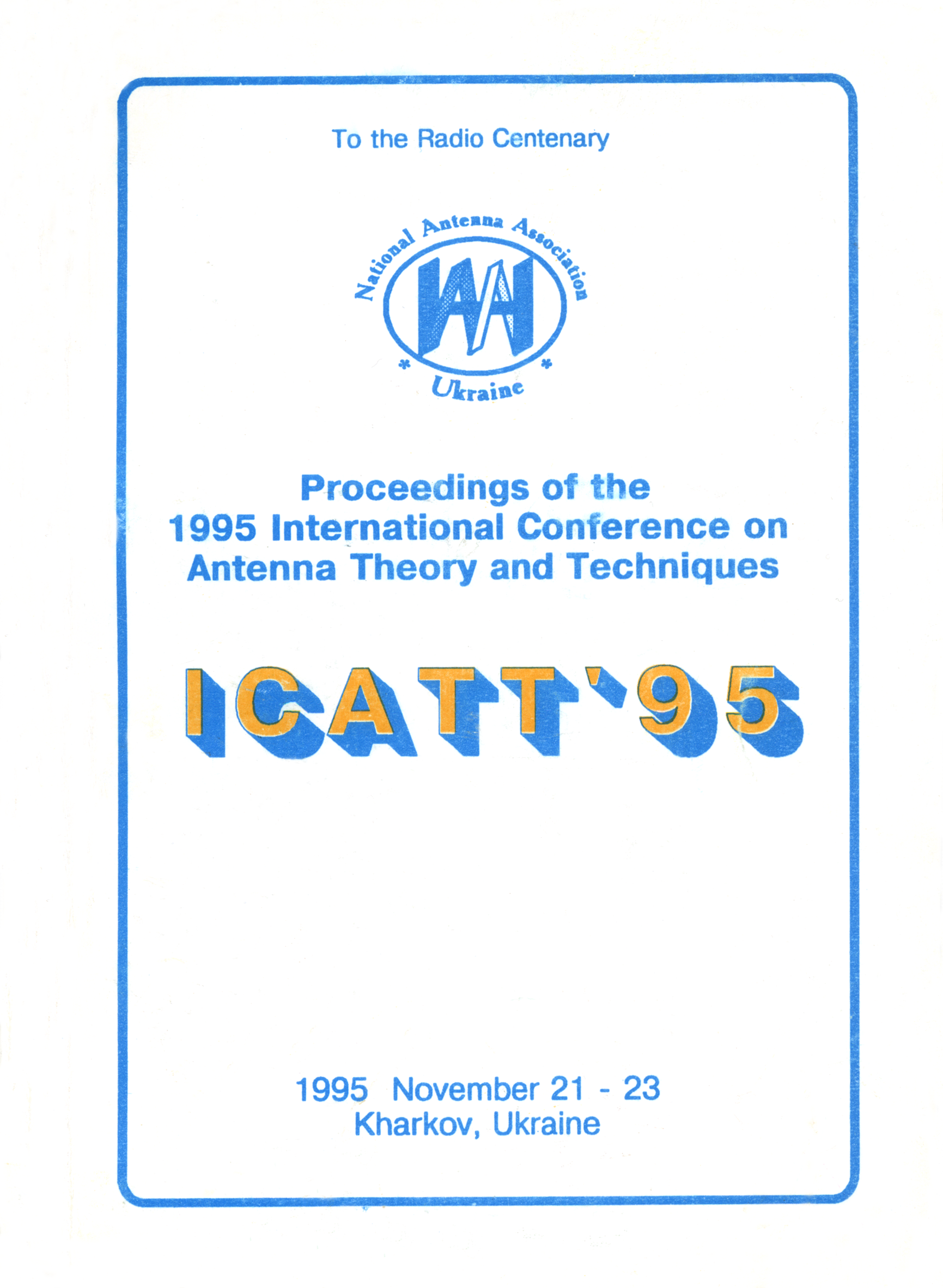Microwave sterilization method and apparatus
DOI:
https://doi.org/10.1109/ICATT.1995.1234186Abstract
Experience of industrially developed countries in utilization of microwave radiation has been analyzed. Apparatus for realization of microwave method of sterilization has been designed.
A number of experiments for the estimation of bactericidal, sporacidal, and virusidal properties of microwave radiation action has been carried out in 3 to 13 cm wavelength band. B. Lycheniform shtumm G., B. Subtilis ATTC 6633, E. Coli ATTC 25922 and bacterial virus FX 174 were used as test microbes. Effect of sterilization by microwave radiation was estimated on the medical instruments, made from polymer materials.
This investigation has enabled us to make the following preliminary conclusions:
1. Microwave radiation of centimeter wavelength band has a strongly pronounced bactericidal, sporacidal and virusidal effect.
2. The process of sterilization is carried out most efficiently if a microwave radiation with a fixed quantity of water vapour is used.
3. Minimum time of sterilization is within units of minutes (not more than 4 min), including spore forms of micro-organisms as well.
4. Typical samples of medical polymer equipment (disposable syringes, catheters, blood transmission system) have been sterilized with 100% guarantee in 4-6 minutes.
5. Comparison of the efficiency with the traditional methods (for example, the method of hot-air sterilization OCT 42-21-2-85) shows the possibility of a considerable intensification of the process by shortening of sterilization time in 10-15 times.

